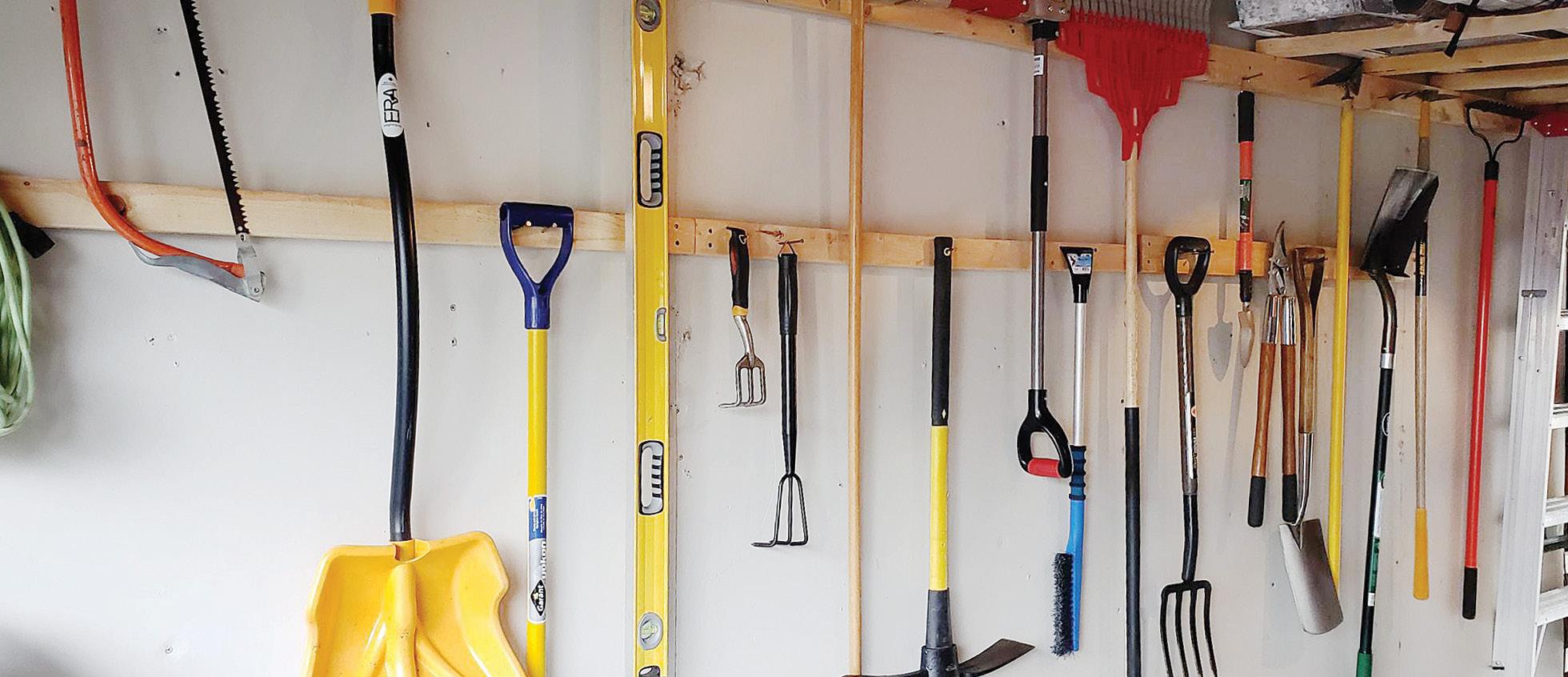Dealing with deer Story by Shauna Dobbie
D
eer are beautiful and graceful, but make no mistake: they are wild animals. And they will do the easiest thing necessary to feed themselves. I learned this the hard way. Many years ago, I had my first up-close-and-personal encounter with deer. I was in Nara, Japan, a city where deer are traditionally considered sacred. These are sika deer, smaller than our white-tail deer, and quite accustomed to humans in Nara. There is a park where they roam free and there are vendors who sell deer crackers you can buy to feed them. The deer watch for people to go to the vendors and then they attack the purchaser to get the food. It turns out that deer bite. And they butt you with their heads. The encounter was not positive. I do still find them beautiful and graceful, but I don’t think deer are meant to be hand-fed by people. And I understand why people don’t appreciate deer feasting on their hostas and hydrangeas. Fencing The one sure-fire way to prevent deer from getting at your garden is to completely surround it by a fence that is 10 feet high. But you aren’t allowed to build a 10-foot-high localgardener.net
fence anywhere that is residential. The height varies slightly, depending on where you live, with back-yard fences allowed at six feet in cities. You can build a fence to the maximum height that isn’t see-through, though. Deer are very cautious about jumping over something when they can’t see what’s on the other side. You’ll need to make sure there is room for air to get through depending on the material the fence is made of. You can also build an outside fence and an inside fence four feet apart. These don’t need to be more than five feet high, which is good because double the fencing is double the money. It is an option, though, if you have space. Alternatively, you can build a cage around your most important plants for a vegetable garden; this won’t help you for ornamental plants though. Sprays Several repellent sprays are effective against deer. Bobbex is a favourite amongst our staff at Canada’s Local Gardener, and there are a few others as well. The problem with sprays is that you need to spray them again after a couple of weeks. And the effective and long-lasting sprays cannot be used on plants you will eat. Issue 1
2020 • 27





















